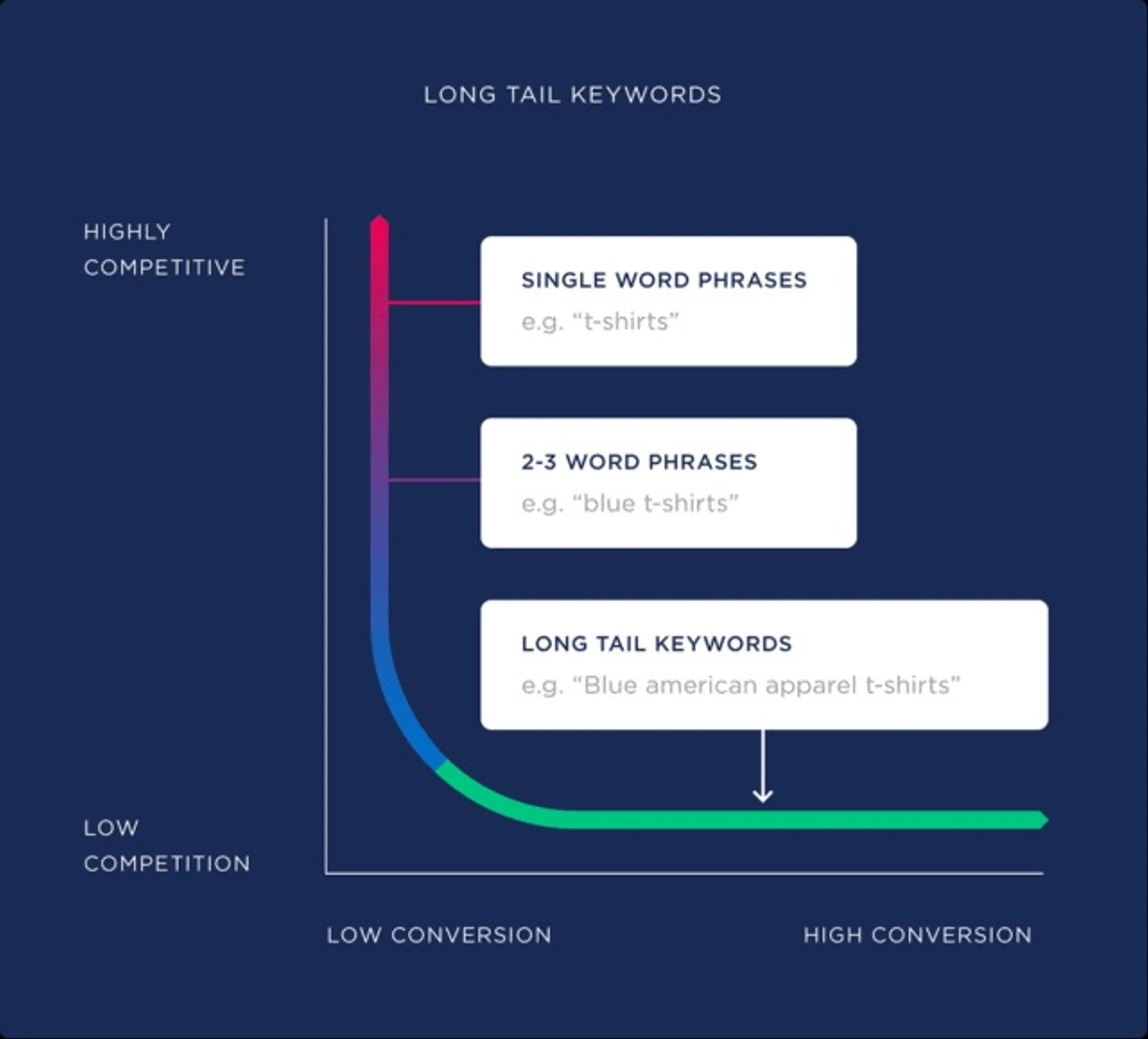Introduction
In the vast digital landscape of the internet, Search Engine Optimization (SEO) has become an indispensable tool for bloggers and content creators. Properly optimizing your blog posts with well-chosen keywords can significantly improve your search engine rankings, boost organic traffic, and attract a wider audience. In this article, we'll delve into the art of writing keywords for SEO in blog posts and provide you with essential tips to enhance your online visibility.
- Research and Identify Relevant Keywords
The foundation of effective keyword optimization lies in thorough research. Begin by brainstorming topics related to your blog post and the main theme of your website. Use tools like Google Keyword Planner, Ubersuggest, or SEMrush to discover high-ranking keywords that are relevant to your content.
When selecting keywords, aim for a mix of short-tail and long-tail keywords. Short-tail keywords are typically one or two words and have higher search volume but can be highly competitive. On the other hand, long-tail keywords are longer phrases that are more specific and less competitive, making them ideal for targeting a niche audience.
- Understand User Intent
It's not just about stuffing your blog post with keywords; it's about understanding user intent. Think about what users are searching for when they come across your blog post. Are they looking for information, product reviews, or seeking to make a purchase? Tailor your content to match the intent behind the keywords you've chosen.
- Use Keywords Strategically in Content
Once you have your target keywords, use them strategically in your blog post. Place the primary keyword in the title and meta description to provide a clear indication of what your content is about. Additionally, incorporate the primary keyword within the first 100 words of your article to signal its importance to search engines.
Throughout the content, use variations of your primary keyword and related keywords naturally. Avoid overusing keywords (keyword stuffing) as it can harm your SEO efforts and make your content appear spammy to both search engines and readers.
- Optimize Headings and Subheadings
Well-structured content with relevant headings and subheadings not only improves readability but also enhances SEO. Use your target keywords in some of the headings and subheadings to provide context and reinforce the relevance of your content to search engines.
- Create High-Quality, Shareable Content
Remember that search engines not only prioritize keywords but also value high-quality, shareable content. Engaging and informative articles are more likely to attract backlinks and social shares, which contribute to better SEO rankings. Make sure your content is well-researched, original, and adds value to your audience.
- Pay Attention to Meta Tags
Meta tags, including meta titles and meta descriptions, play a crucial role in SEO. Ensure your primary keyword appears in the meta title and meta description to improve click-through rates from search engine result pages (SERPs). A compelling meta description can entice users to click on your link even if it's not the top result.
- Optimize Images
Images can also be optimized for SEO. When you use images in your blog post, include descriptive file names and alt tags that contain relevant keywords. This practice not only helps search engines understand the content of your images but also improves accessibility for visually impaired users.
- Monitor and Adapt
SEO is not a one-time task but an ongoing process. Regularly monitor the performance of your blog posts in terms of traffic, bounce rate, and conversions. Analyze which keywords are driving the most traffic and refine your approach accordingly. Stay updated with the latest SEO trends and algorithm changes to stay ahead in the competitive digital landscape.
Conclusion
Mastering the art of writing keywords for SEO in blog posts is a crucial skill for any blogger or content creator. By conducting thorough research, understanding user intent, strategically using keywords, and creating high-quality content, you can significantly boost your search engine rankings and attract a wider audience. Stay consistent, adapt to changes, and remember that valuable and engaging content will always be at the heart of successful SEO practices.



